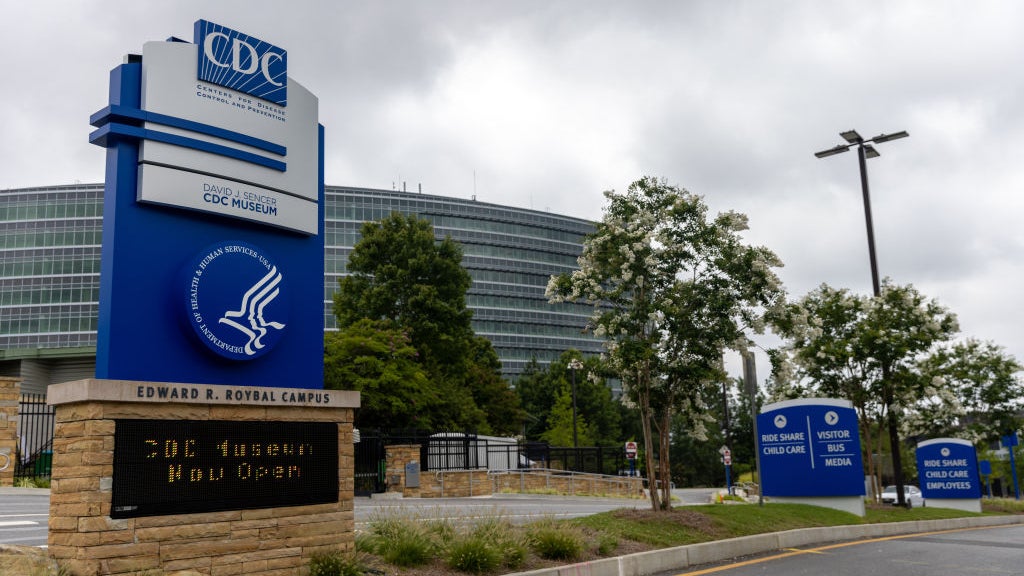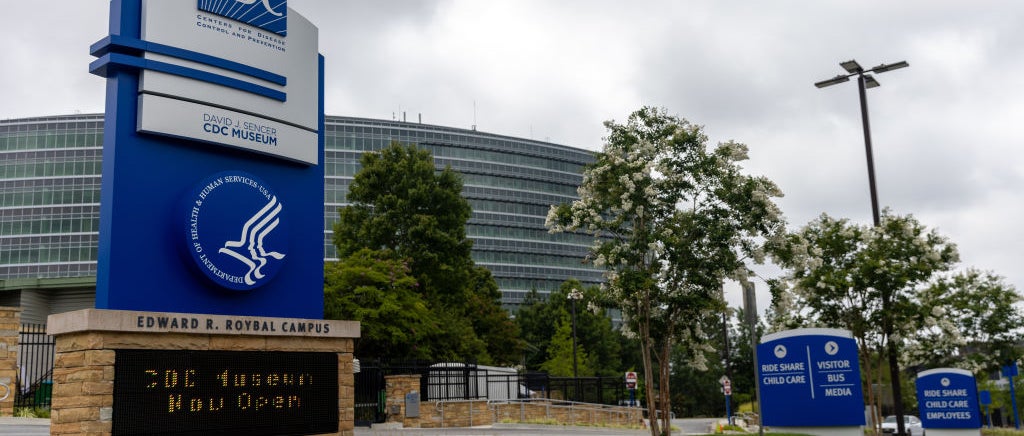According to new research from the CDC, despite ongoing demographic disparities, cancer-related deaths have declined over the past several years.
Deaths related to cancer have decreased over the last decade, according to new research.
Cancer killed an estimated 602,350 people in 2020, according to the Centers for Disease Control and Prevention.
However, the U.S. cancer death rate declined by 32% from 1991 to 2019, according to the annual report from the American Association for Cancer Research.
Per the research, this decrease has saved 3.5 million lives.
"The U.S. cancer death rate is steadily declining, and more people than ever before are living longer and fuller lives after a cancer diagnosis," the report says.
Researchers also noted that the number of cancer survivors has increased by more than a million just in the past year, and between 2016 to 2019, the rate of people surviving cancer has only accelerated.
"In fact, the number of children and adults living with a history of cancer exceeded a record 18 million in January 2022," according to the report.
The reason for this is because of "remarkable advances" in medical research and cancer prevention, detection, diagnosis and treatment, per the researchers.
For example, between August 1, 2021 and July 31, 2022, the Food and Drug Administration approved eight new anticancer therapeutics, 10 therapeutics for use for new cancer types and two new diagnostic imaging agents.
"We have now a revolution in immune therapies. And when you put that together with the combination of targeted therapies, chemo and radiation therapy, we now have patients that would have died within two years of a diagnosis living 15, 20, 25, 30 years, essentially cured of their malignancies," AACR President Lisa Coussens said.
However, many populations "continue to shoulder a disproportionate burden of cancer," the report says.
According to the report, Black populations have historically been disproportionately impacted by cancer and other health disparities, and in the 1990s, cancer death rates were 33% higher for Black community members compared to their white counterparts. While the disparity has lessened in 2019, Black populations continued to see disproportionate death rates.
According to the report, other racial, sexuality, and economic-based disparities include:
- Gastric cancer is almost twice as likely in American Indian, Alaska Native, Asian Black or Hispanic communities
- Native Hawaiian and other Pacific Islanders are 38% more likely to have advanced head and neck cancer
- Native Hawaiian and other Pacific Islanders are 18% more likely to die from said cancers
- Gay men are 4% more likely to report a lifetime cancer diagnosis
- Rural county residents are 34% more likely to die from lung cancer
- People with low education and income levels are more likely to be diagnosed with advanced lung cancer
According to the report, these disparities are caused by a list of factors, including access to health insurance, location, systemic racism, structural inequities and a lack of health care workforce diversity.
In an effort to prevent a reduction in these upwards trends, the CDC is asking for bipartisan support in prioritizing medical research.
This includes increasing budgets for the National Institutes of Health and National Cancer Institute by $4.1 billion and $853 million, respectively.
"Ensuring that medical research remains a high priority for our nation's policy makers is vital if we are to maintain the momentum in advances against cancer," Margaret Foti, chief executive officer of AACR said, "especially as we recover from the devastating impact of COVID-19 on cancer research and patient care."







